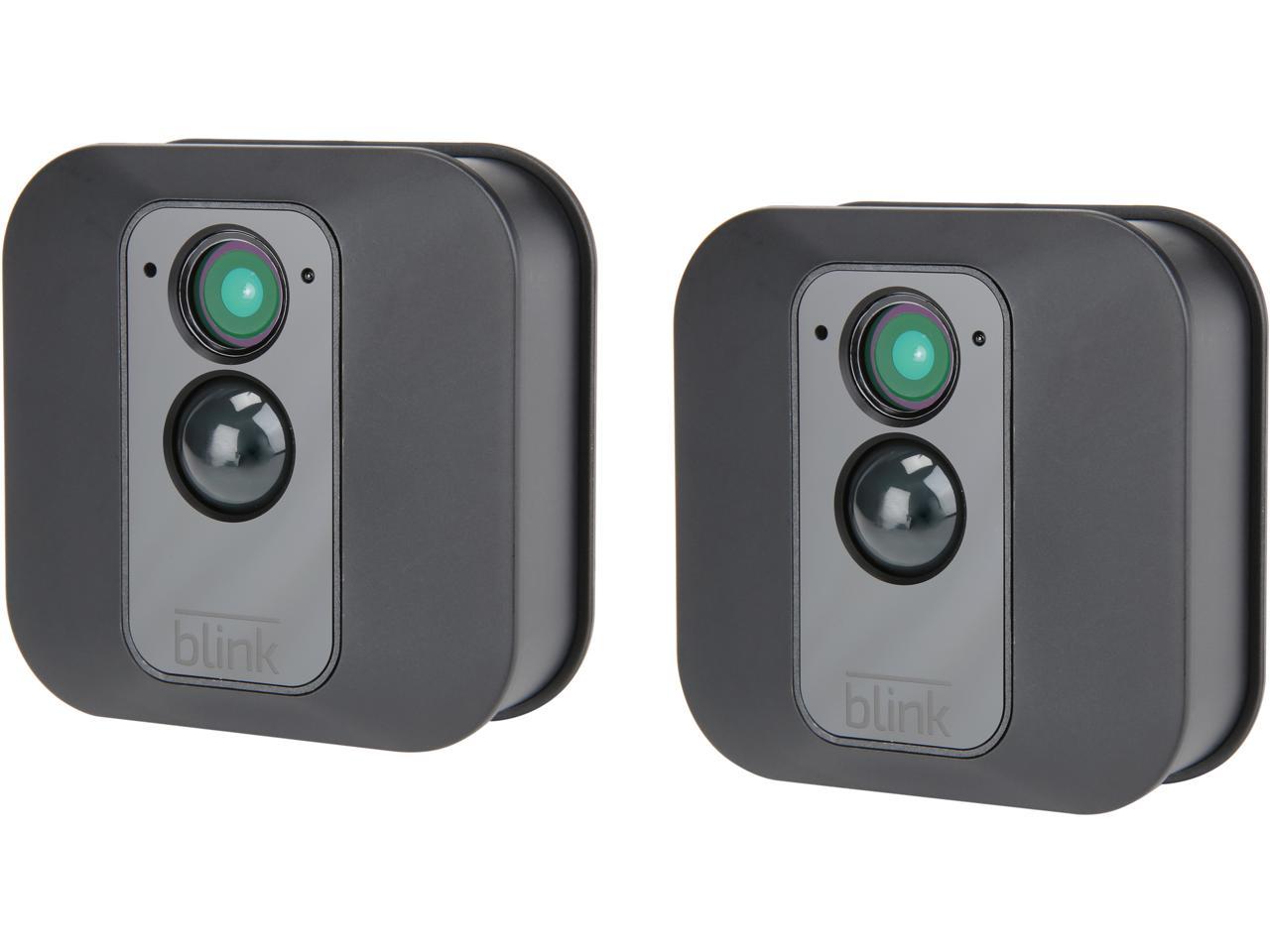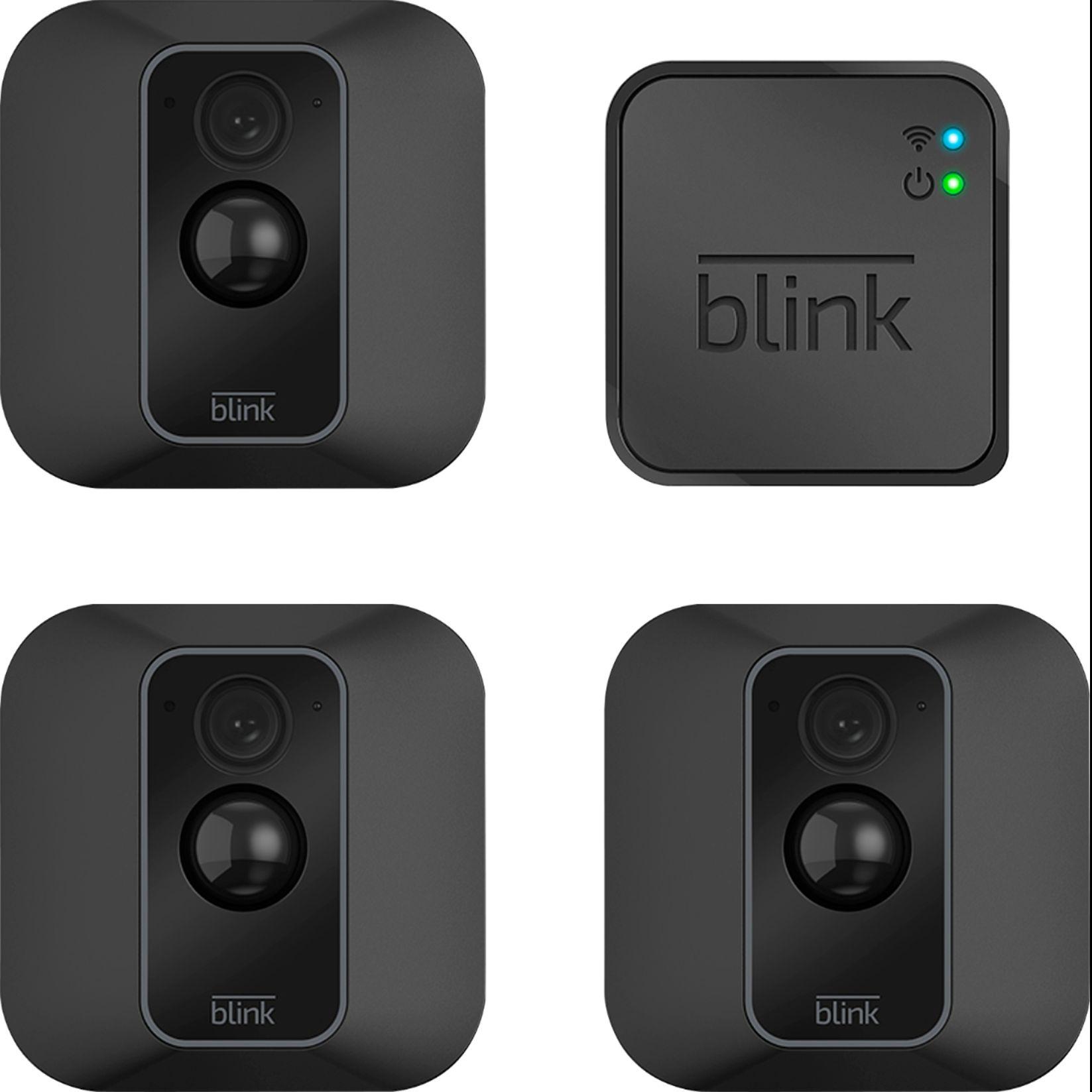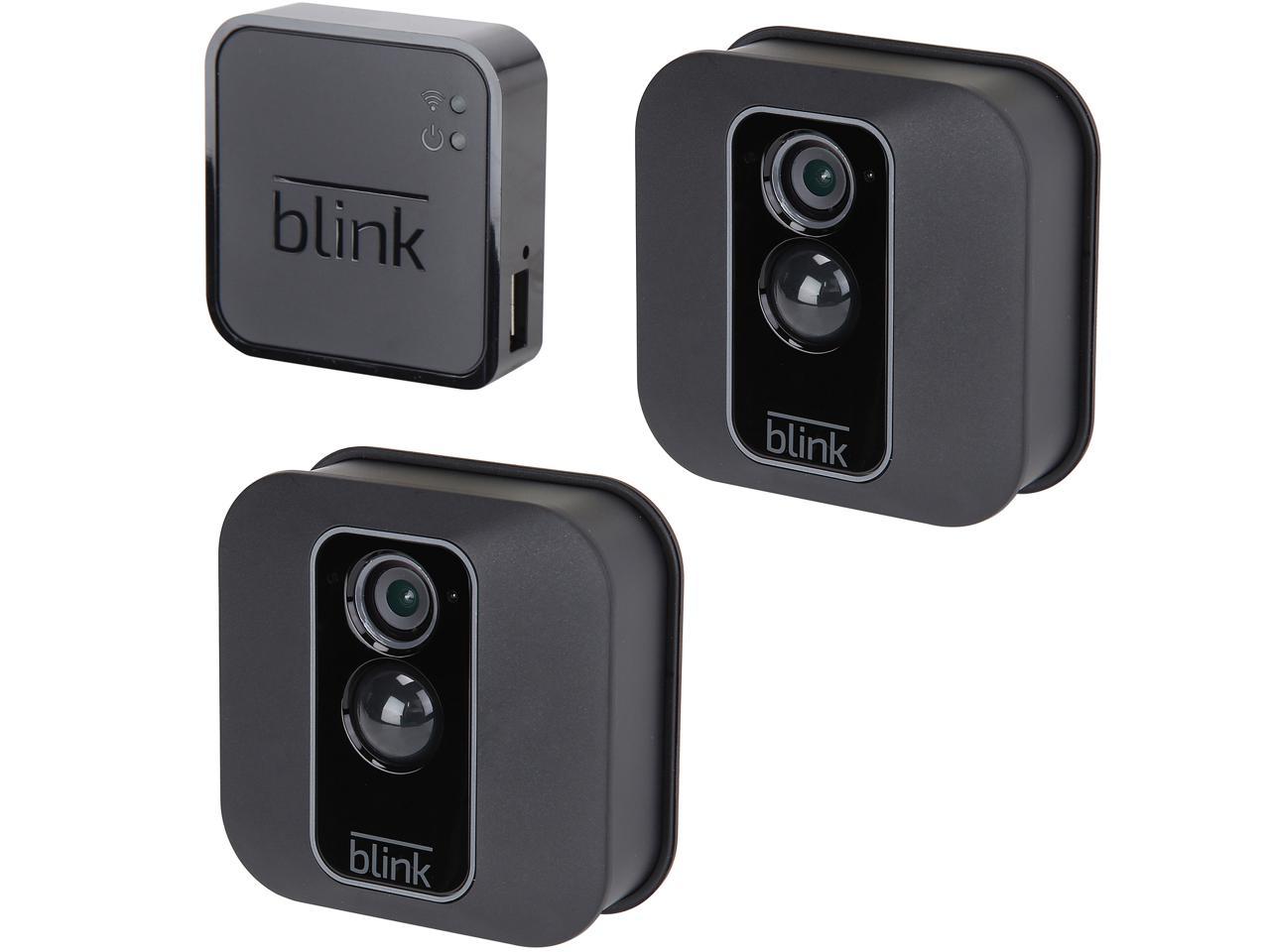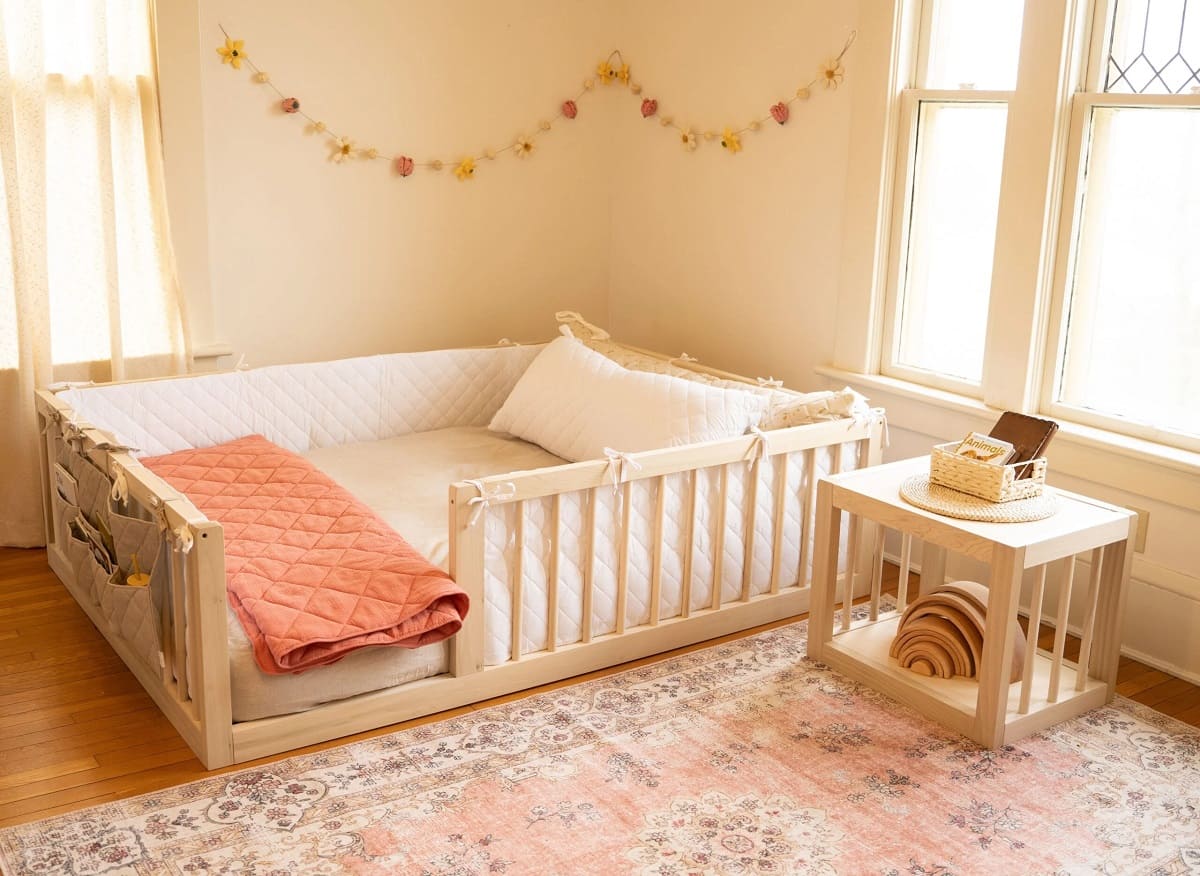Home> Voice Control
Voice Control: Unleash the Power of Speech-Enabled Technology
Discover the transformative possibilities of Voice Control. Learn how to optimize your devices, streamline tasks and enhance your digital experience today.
9 Superior Blink Xt Home Security Camera System With Motion Detection for 2024
By: Emily Roberts • Articles








